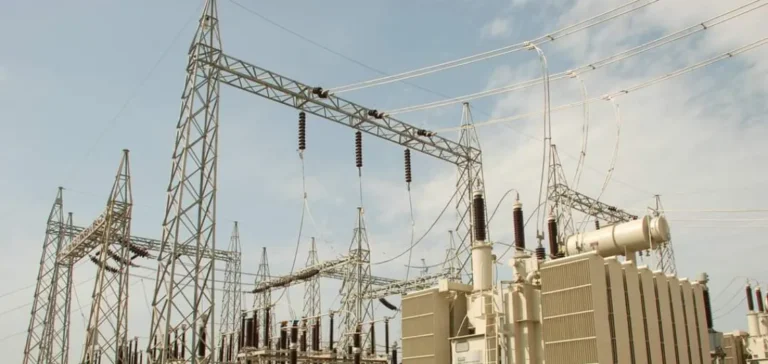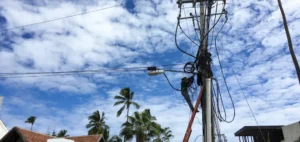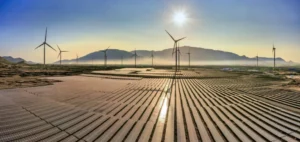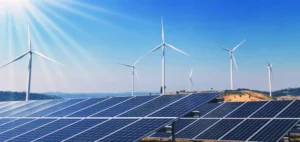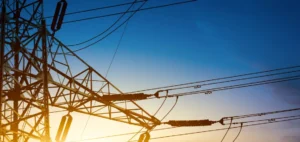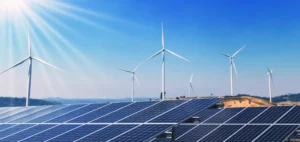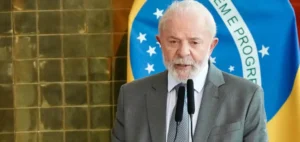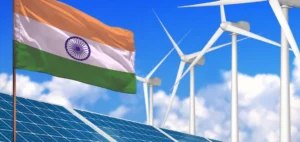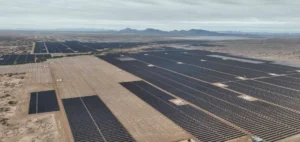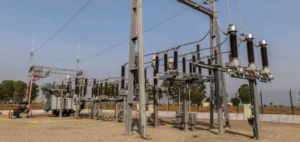The Nigerian Independent System Operator (NISO) confirmed that a significant disturbance occurred on the national electricity grid on September 10 at 11:20 a.m., causing a rapid load drop and a widespread generation collapse. According to the system operator, the incident was triggered by the abrupt shutdown of a power plant, leading to a cascading failure among other producers.
Restoration efforts began 25 minutes after the incident, with electricity gradually restored from the Shiroro hydroelectric plant to Abuja. NISO stated that substantial progress has been made in re-establishing supply nationwide, though no timeline has been provided for full recovery.
Technical investigation underway
The agency announced the immediate launch of a thorough investigation into the direct and indirect technical causes of the collapse. The forthcoming report will guide future decisions to prevent similar disruptions. “The result of the report will determine corrective and preventive actions to be implemented,” NISO said in a statement issued on September 11.
In the meantime, authorities have called for patience from consumers, stressing that stabilising the national grid remains the top priority. This latest failure comes despite previous assurances from the Transmission Company of Nigeria (TCN) that the grid had remained stable since the beginning of the year.
Distributors react as incidents mount
The Abuja Electricity Distribution Company (AEDC) confirmed the incident at 11:23 a.m., stating on X (formerly Twitter) that supply had been cut across all its franchise areas. The company said it is working closely with authorities to restore service as soon as the grid is stable.
The reliability of Nigeria’s power grid remains a sensitive issue. A similar collapse was reported on January 11, although it was not officially confirmed, while the February 12 event was described by TCN as a “line-tripping event.” The Nigerian Electricity Regulatory Commission (NERC) maintained that no major disturbances were recorded in the first quarter of 2025.
Operational impact on energy providers
This latest technical fault could reignite debate in the energy sector over the effectiveness of real-time monitoring systems and the rapid response capabilities of operators. Independent power producers, particularly thermal generators, continue to face unplanned interruptions that affect operational performance.
The current situation also highlights the limitations of the existing transmission infrastructure, which struggles to absorb load fluctuations without compromising system stability. Several distributors, often reliant on single supply points, are regularly affected during such grid failures.


